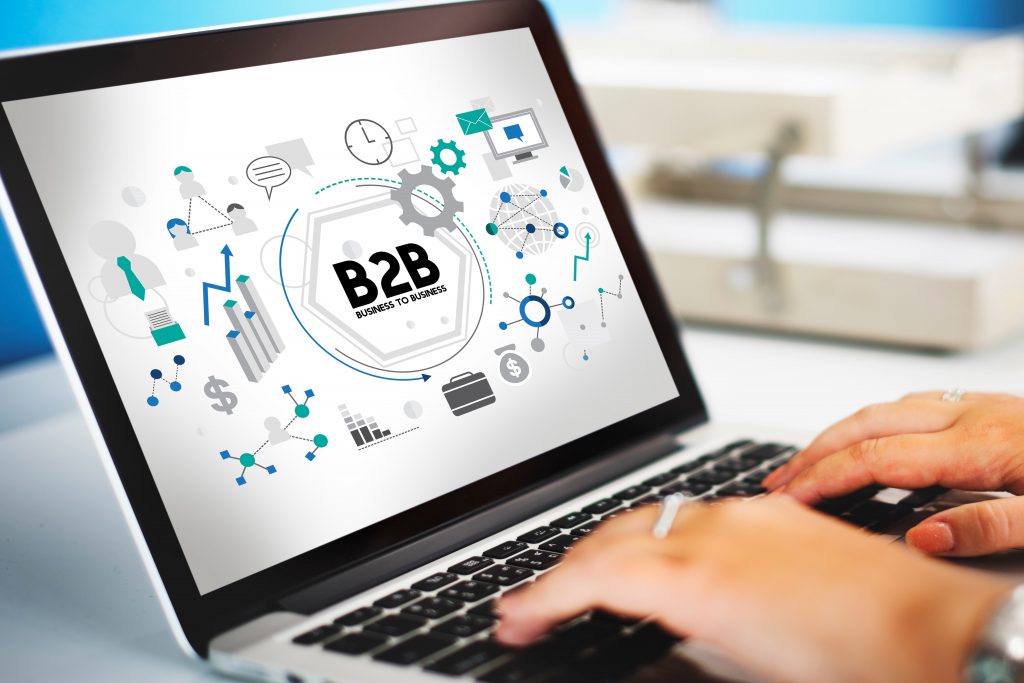How to LinkedIn Analytics for a B2B Audience
LinkedIn has developed into a network for advancing one’s career that enables users to create a personal brand and present their online professional portfolios to employers and recruiters.
From a professional standpoint, LinkedIn is a fantastic venue for networking and a successful B2B marketing tool.
The beauty of LinkedIn is that its data are ideal for a B2B company’s needs to make intelligent marketing choices and profitable expenditures. Similar to other social media platforms, LinkedIn requires a solid approach if you want to succeed.
Read on to learn some of the ways LinkedIn and its analytics might benefit you whether you’re a B2B marketer or a firm.
How to Set Up LinkedIn Analytics
It’s simple to create a LinkedIn account, and once you do, you’ll have immediate access to the company’s analytics platform. Simply select “Create Page” under LinkedIn Pages to be taken to a screen where you can select the kind of page you wish to create.
Once you’ve finished, simply click “Create Page” to get going!
Log onto your LinkedIn profile and launch your company page to access the LinkedIn analytics tools and dashboard. Remember that only those who have been designated as administrators or “analysts” have access to analytics.
You may see your LinkedIn analytics as soon as you have the proper access and permissions.
Types of LinkedIn Analytics
You can utilize six different kinds of LinkedIn analytics and tools. These are made to measure particular metrics on your company website, allowing you to quickly access data and acquire insights to increase engagement and performance.
1) Visitor Analytics
You can see from visitor analytics how many people have visited your company page. It’s that easy!
This section displays the 30-day totals for Page views, unique visitors, and Custom button clicks along with a % change from one month to the next.
Visitor analytics will reveal who is visiting your page, enabling you to identify trends and provide content that is more relevant to those visitors. The goal is to draw in visitors so they can learn more about your company while also converting them into new followers and raising your LinkedIn engagement.
Therefore, this is where you should start if you want to increase your visibility and see how many people are visiting to read your material. You may filter your data in visitor analytics by periods, page sections, page views, and unique visitors. You can also segment your data by job function, seniority, firm size, and industry.
2) Follower Analytics
Gaining a large following is one of the most crucial criteria for marketers that are engaged in the “long game.”
LinkedIn’s Follower Analytics tool allows you to view the demographics and referral sources of your followers. The intent is to inform you of who is following your business page and the most effective ways to interact with them.
3) Update Analytics
You may monitor how well your LinkedIn postings are performing with the Update Analytics function. You can assess each’s performance based on the caliber, structure, and subject matter offered on your company page.
As it tracks the level of interaction for all the material you produce, including videos, articles, photographs, or any mix of those elements, this function measure is a treasure of long-term usable data.
Understanding your updated statistics can help you identify the messaging and content that is connecting with your audience and those that aren’t.
You can see what kind of response you are receiving each month with the Update Highlights function. Here, you may see comments, likes, and shares so that you can monitor the success of your post on social media.
4) Employee Advocacy Analytics
To assess the relevance and interaction of postings that your team shares on LinkedIn, use Employee Advocacy Analytics.
The stats presented here include the number of recommendations made for workers associated with your LinkedIn page, the number of reshares, and the number of comments left on the postings by LinkedIn users.
5) Talent Brand Analytics
You may learn how to increase your engagement with that particular audience by understanding the analytics that is connected to LinkedIn’s Career Pages. For businesses trying to engage and entice fresh talent, this is crucial.
It can assist you in showcasing your employer brand, promoting employment, connecting with candidates, and sharing your company’s history.
6) Competitor Analytics
This feature, which will be replaced by “Companies to Track” at the end of 2021, is a fantastic method to keep tabs on your rivals and assess how you stack up against them.
This function, which compares follower metrics and organic content analytics, is located under the “Analytics” page and is presently only available to a select group of users. You may view a breakdown of the number of reactions, comments, and shares by clicking the value in the Total engagement column.
This will enable you to learn more about the types of material that are effective for your competition and obtain insight into their audience.
What LinkedIn Metrics Should You Track?
Understanding your company’s goals and establishing KPIs are essential to developing an efficient plan that puts analytics at the center, just as with any social media platform. Once you have those, you may decide which metrics are best for your company.
Some crucial data from the six LinkedIn analytics options will be important for your company and may be used to measure success and improve both organic and paid posts.
Traffic
You can track the evolution of your traffic with LinkedIn analytics. This will enable you to identify activity peaks and valleys.
Impressions
Impressions are essentially how many times a user has seen your post. This measure is crucial because it lets you know how frequently your material is viewed and raises the likelihood that someone will interact with it.
Also, keep track of distinct perceptions. While impressions may include the same individual reading the post more than once, this counts the number of particular LinkedIn users who view your article.
Engagement
The number of interactions, clicks, and new followers divided by the total number of post impressions is how LinkedIn determines the engagement rate. This information is important to include in your research since it provides a broad overview of how content is doing on your LinkedIn channel.
Boost your B2B campaigns with LinkedIn
As a B2B marketing, LinkedIn is a useful social media channel for assisting the progression of your prospects. LinkedIn can assist you in getting the correct information in front of the right audience during a lengthy sales cycle. In addition to teaching, you how to use LinkedIn, DMI’s Social Media Marketing course will also show you how to perform social research, create social content, provide excellent social customer support, and plan and implement a social strategy. Start right away!





